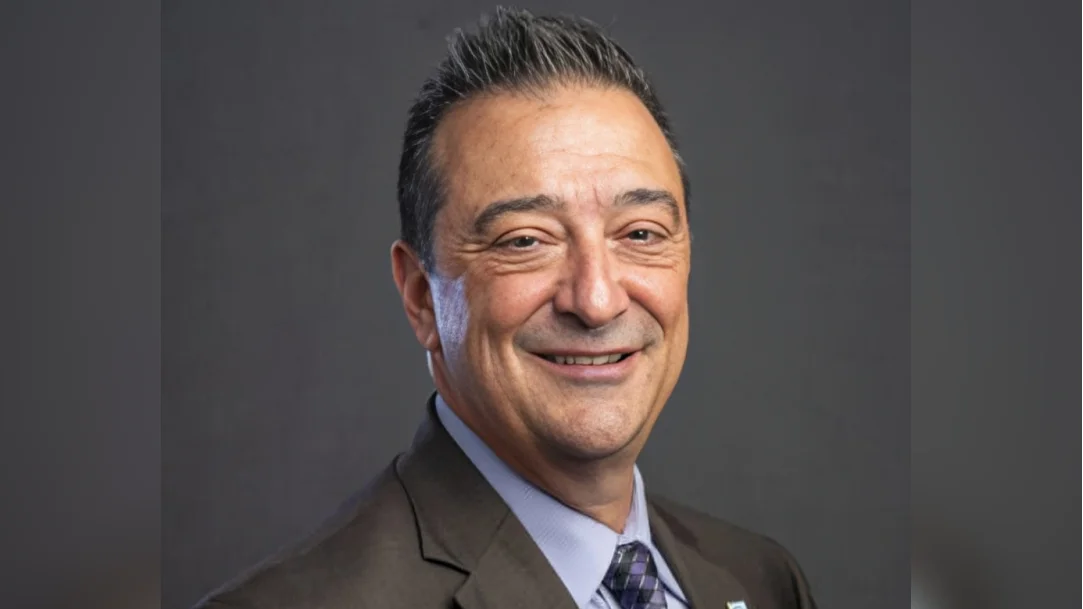
The foundational science to develop an exhaled-breath test for detecting lung diseases, including lung cancer, is underway, according to new research published by a laboratory at the Hackensack Meridian Center for Discovery and Innovation (CDI).
Two papers published by CDI Associate Member Olivier Loudig, Ph.D., and colleagues indicate they have successfully collected, separated, and profiled lung biomarkers from human breath. They have also developed animal models to expand their analyses and potentially identify key markers for early and non-invasive detection of metastatic lung tumors.
Significant work remains to identify a range of biomarkers and prove clinical relevance for human patients. However, the two publications have established the scientific roadmap as CDI scientists continue their efforts toward that goal.
“This innovative non-invasive approach is aimed at establishing a new method to lower the threshold for earlier than ever before detection of this horrible disease,” Loudig said on Thursday.
Loudig’s work focuses on capturing and identifying nanoparticles known as extracellular vesicles (EVs), which are released by virtually all cells into the extracellular space such as blood, serum, and other biofluids. Cancer cells especially release a greater number of nanoparticles, which Loudig has been targeting for earlier-than-ever disease detection and diagnostics.
His laboratory at the CDI has developed research programs for biomarker discovery and early detection of lung, prostate, cervical, and bladder cancers using liquid biopsies. To achieve this, Loudig’s group developed EV-CATCHER technology for selective isolation of cell-specific nanoparticles from biofluids. They use next-generation sequencing profiles of small-RNAs contained in these nanoparticles for non-invasive identification of lesions and tumors that may be developing in the body.
Loudig’s science and EV-CATCHER technology are the foundation of Hackensack Meridian Health’s first spin-off company, EValuate Diagnostics, founded early this year. Loudig aims to apply EV-CATCHER to purify EVs from human exhaled breath containing disease markers that can be analyzed without invasive sampling of the lung. This approach could revolutionize the diagnosis and surveillance of human lung diseases.
“This innovative technology developed by Olivier Loudig offers promise and hope to patients who all too often receive a diagnosis too late for effective intervention,” said David Perlin, Ph.D., chief scientific officer and executive vice president of CDI. “This is what CDI is all about: inspire science innovation to address unmet medical needs.”
In their latest publication in the Journal of Extracellular Vesicles, a leading high-impact journal, the CDI team assessed five types of airway samples from 69 subjects. They determined that exhaled EVs contain microRNA expression profiles consistent with those obtained from deeper lung samples via more invasive procedures like bronchoalveolar lavages (BAL).
Loudig’s team conducted a proof-of-principle study to detect lung cancer by analyzing the microRNA content of exhaled EVs from exhaled breath condensates collected from 18 subjects – 12 healthy individuals and six diagnosed with stage-IV lung cancer. Their analyses confirmed that exhaled EVs selectively purified from subjects’ breath identified unique microRNA expression profiles distinguishing patients with lung cancer.
“Our analyses confirm the utility of our customizable EV‐CATCHER assay for the selective purification of exhaled EVs harboring surface proteins originating from terminal bronchiole and alveoli lung tissue,” they write.
Their earlier mouse model study published in March in Extracellular Vesicles & Circulating Nucleic Acids showed they could detect human-derived tumor cell microRNAs using EV-CATCHER within 1-2 weeks following injection with human cancer cells. Although biomarker selection needs refinement, scientists conclude there is promise for diagnosing lung diseases – most notably lung cancer.
“We envision expanding our approach to study primary human cancers along with secondary ones in adequately powered animal studies,” they write. “Furthermore, since EV-CATCHER can easily be customized to target specific surface markers on different EV subpopulations; we foresee using it to separate tumor-derived exhaled EVs may further improve detection accuracy.”
About The Center for Discovery & Innovation
The Center for Discovery & Innovation (CDI), part of Hackensack Meridian Health translates current innovations in science into improved clinical outcomes for patients. With over 29 laboratories housing 185 professional researchers & physician-scientists focused on cancer & other acute/chronic diseases; leveraging genetic advances alongside cell engineering techniques aimed at enhancing personalized medicine approaches.